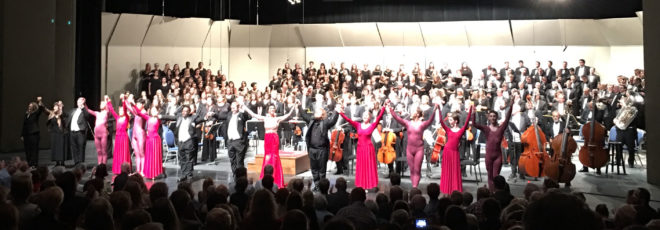
See photos from some of David Stewart Wiley’s most recent engagements, including concerts with the Roanoke Symphony Orchestra and beyond Roanoke.

See photos from some of David Stewart Wiley’s most recent engagements, including concerts with the Roanoke Symphony Orchestra and beyond Roanoke.